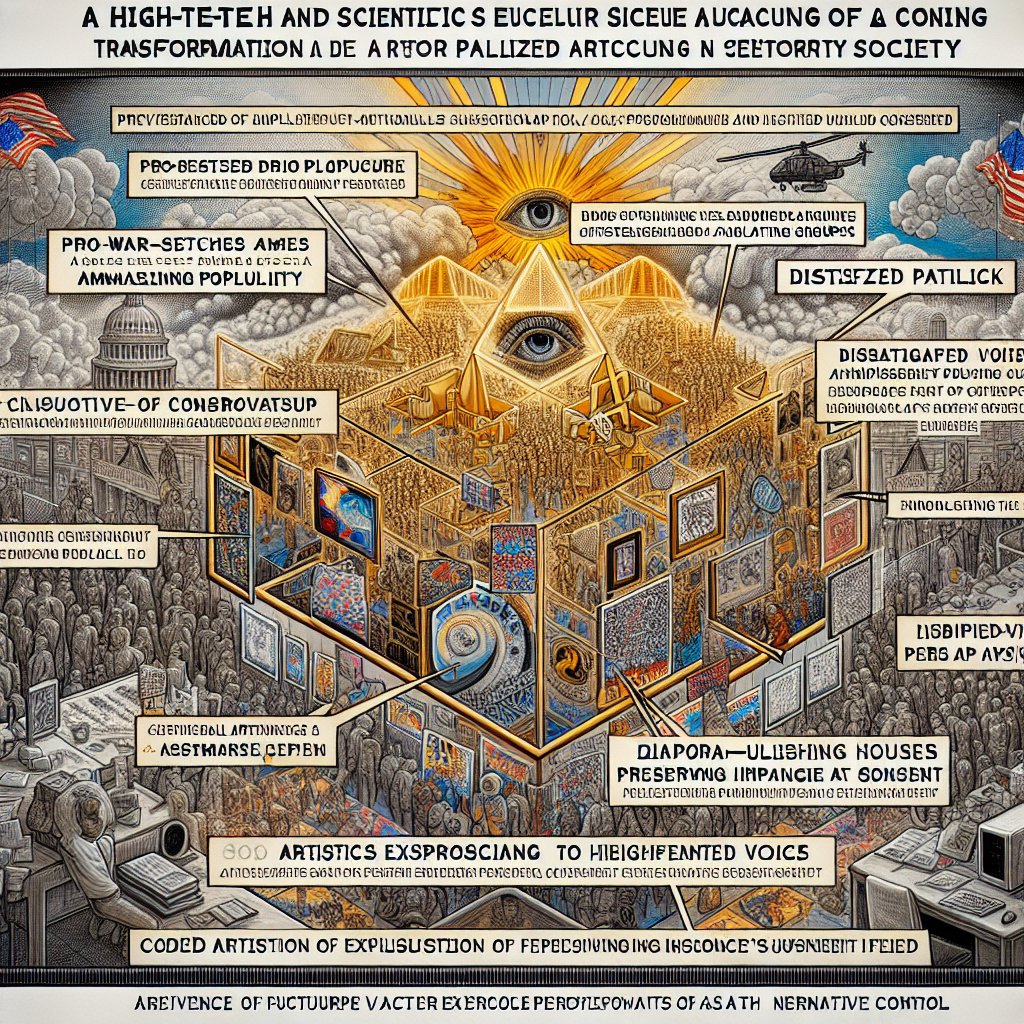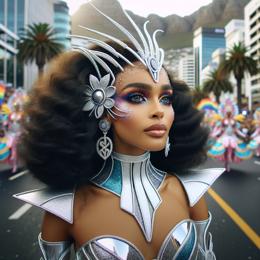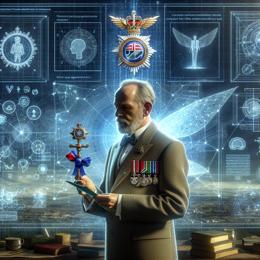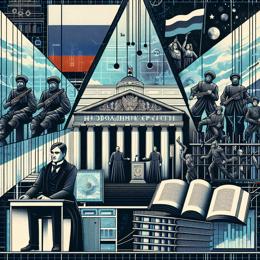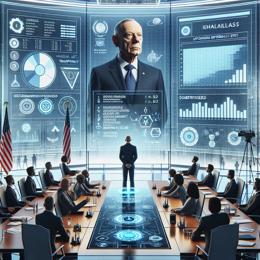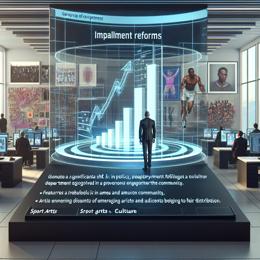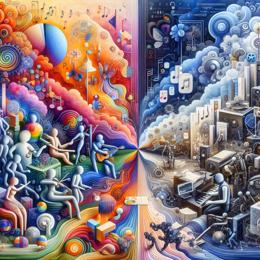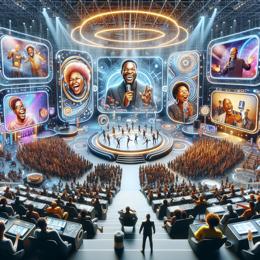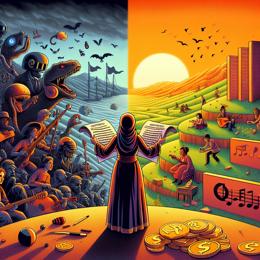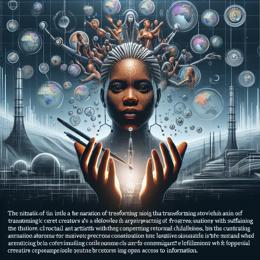Image created by AI
The War on Art: Russia's Cultural Landscape Under Putin's Ukraine Invasion
As the world grapples with the ongoing conflict between Russia and Ukraine, back home, Russian culture is undergoing a profound and polarizing transformation. The Kremlin’s war in Ukraine, branded as a “special military operation,” has not only shaped the battlefield but also the canvas of Russian society, particularly in the realm of art and culture.
Pro-war artists like Andrey Muravyev, aka DazBastaDraw, are flourishing in the environment created by the Kremlin's staunch support for patriotic expression. Muravyev's sketches glorifying the military efforts have garnered over 16,000 followers on Telegram, reflecting a wider trend wherein artists and creatives toeing the government line enjoy prominence and possibly funding.
The Russian government, indeed, has allocated considerable resources towards promotional art supporting the war effort, be it through sizeable grants or state-run competitions. These projects range from detective series glorifying Russian heroes to films documenting loyalist rebel leaders. While this approach appears successful on the surface, the reception by the general public is mixed at best. High-profile examples like the movie "The Witness" have failed to resonate with audiences, hinting at a possible disconnect between state-backed art and the war's actual populace sentiment.
Discussion also extends into the literary domain. Despite an apparent ubiquitousness of pro-war Z symbolism, even self-proclaimed conservative groups like the Union of February 24 express dissatisfaction with their societal status, pointing to a lack of genuine appetite for Z-poetry and literature.
Yet, the war’s ideological grip extends beyond explicit pro-war content. Contemporary Russian art is increasingly laced with coded language and indirect messaging, reflecting the influence of censorship laws on expression. Books and media exploring past dictatorships' falls or moments in history that include the processing of national guilt have gained traction, signaling an undercurrent of dissent and contemplation about Russia's current trajectory.
Notably, bands like Leningrad, which released the controversial track "No Entry," and DDT, with frontman Yury Shevchuk, have faced varied levels of censorship and repercussion, highlighting the regime's far-reaching clampdown on any non-aligned narratives.
This repressive atmosphere has compelled a segment of Russia's artistic community into exile. Cultural figures like Kirill Serebrennikov and rapper Morgenshtern have sought freedoms abroad that are no longer available at home. Yet, the diaspora often experiences tension between the desire to stand in solidarity with their Ukrainian counterparts and the need for artistic freedom, evidenced by incidents such as the canceled New York literary panel.
Amid this cultural upheaval, publishing houses in exile, such as Straight Forward, play a critical role in preserving and amplifying the voices of those who no longer have a platform in Russia due to censorship. Their dedication to free speech and truth-telling stands as an important counterbalance to the state's narrative control.
Interestingly, despite the global condemnation of Russian actions in Ukraine, Russian cultural exports, particularly entertainment unrelated to the conflict, continue to find fans both domestically and in Ukraine, underscoring the complexity and multifaceted nature of cultural exchange during wartime.
In conclusion, the war in Ukraine has irrevocably etched its mark on Russian culture, selectively nurturing pro-war sentiments while silencing critical or divergent expressions. The landscape of Russian art and media now sits in stark contrast, colored by censorship, fear, and patriotism, a canvas indicative of a nation wrestling with its identity in the tumult of conflict.
#GOOGLE_AD
